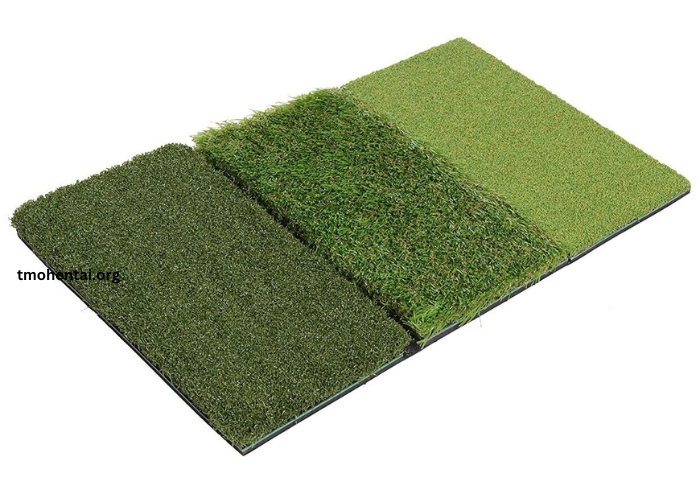In the fast-paced world of turf betting, strategies like “1 2 3 Milliard Turf” have garnered attention for their potential to enhance success. In this comprehensive guide, we’ll explore the intricacies of “1 2 3 Milliard Turf” and provide 15 expert tips related to turf betting. Whether you’re a seasoned bettor or a newcomer looking to refine your skills, this article offers valuable insights that can elevate your turf betting experience.
Deciphering “1 2 3 Milliard Turf”
“1 2 3 Milliard Turf” is a strategy emphasizing a systematic turf betting approach. The numbers 1, 2, and 3 represent different stages or steps in the strategy, guiding bettors through a process aimed at identifying and selecting winning horses. Understanding the nuances of each step is crucial for those looking to implement the strategy effectively.
The Significance of Systematic Approaches
“1 2 3 Milliard Turf” falls under the category of systematic betting approaches. Systematic methods involve consistently following a set of rules or steps, reducing reliance on luck and emotion. Adopting a systematic approach is critical to achieving long-term success in turf betting, as it promotes disciplined decision-making and minimizes impulsive wagers.
In-Depth Form Analysis
The first step in “1 2 3 Milliard Turf” involves a comprehensive form analysis of the participating horses. Bettors must delve into the horses’ recent performances, considering factors such as finishing positions, consistency, and reactions to various track conditions. Thorough form analysis lays the groundwork for informed decisions in the subsequent steps.
Jockey and Trainer Evaluation
Step 2 of “1 2 3 Milliard Turf” evaluates the jockeys and trainers associated with each horse. A skilled jockey and an experienced trainer can significantly impact a horse’s performance. Bettors should assess their track records, recent successes, and overall reputation. This step ensures that the human elements of the racing equation are carefully considered.
Track Conditions and Course Preferences
Step 3 involves a meticulous examination of track conditions and course preferences. Horses may perform differently based on the type of track (firm, soft, etc.) and the specific characteristics of the course. Bettors utilizing “1 2 3 Milliard Turf” carefully eliminate horses that may struggle with the prevailing track conditions, focusing on those with proven adaptability.
Historical Performance at the Track
Moving forward, “1 2 3 Milliard Turf” directs bettors to consider the historical performance of each horse at the specific racetrack. Some horses demonstrate a particular affinity for certain venues, consistently performing well at those locations. Eliminating horses with a poor track record at the current venue increases the chances of selecting competitive contenders.
Weight and Handicap Considerations
Step 5 delves into weight and handicap considerations. Horses are often assigned different weights based on their previous performances. Bettors employing “1 2 3 Milliard Turf” carefully assess whether a horse can handle the assigned weight, considering factors such as recent form, the nature of the race, and the horse’s overall physical condition.
Studying Speed Figures and Ratings
The sixth step involves the analysis of speed figures and ratings. These numerical representations of a horse’s past performances provide an objective basis for comparison. Bettors utilizing “1 2 3 Milliard Turf” incorporate speed figures into their decision-making process, favoring horses with consistently high ratings and eliminating those with a less impressive track record.
Evaluating Recent Race History
Step 7 of “1 2 3 Milliard Turf” directs bettors to examine a horse’s recent race history closely. Recent performances often offer reliable insights into a horse’s current form and capabilities. Horses showing improvement or maintaining a high level of performance are prioritized, while those with a declining trend may be eliminated from consideration.
Considering Equipment Changes
Equipment changes, such as the addition of blinkers or alterations to a horse’s gear, can significantly impact performance. Step 8 emphasizes the importance of considering these changes when implementing “1 2 3 Milliard Turf.” Bettors assess whether the alterations will likely enhance or hinder a horse’s chances, using this information to make more informed selections.
Factoring in Distance and Course Preferences
Distance and course preferences play a crucial role in turf racing. Step 9 prompts bettors to evaluate whether a horse is suited to the specific distance and course configuration of the upcoming race. Horses with a track record of success at similar distances and courses are favored, while those with less relevant experience may be eliminated.
Weather and External Factors
Step 10 of “1 2 3 Milliard Turf” involves considering weather conditions and other external factors. Certain horses may perform better or worse under specific weather conditions, such as heavy rain or strong winds. Bettors eliminate horses ill-suited to the prevailing weather, ensuring their selections are well-aligned with the expected racing conditions.
Analyzing Historical Data and Trends
Bettors employing “1 2 3 Milliard Turf” take a step back to analyze historical data and trends in Step 11. This broader perspective allows bettors to identify patterns and recurring trends, helping them make more informed predictions about potential outcomes. Historical data can provide valuable context, especially for regular races at the same venue.
Incorporating Betting Market Insights
The twelfth step encourages bettors to consider insights from the betting market. Analyzing odds movements and the volume of bets on specific horses can offer valuable information about public perception. While not the sole determinant, market insights can help bettors fine-tune their selections and identify potential value opportunities within the “1 2 3 Milliard Turf” strategy.
Creating a Systematic Approach
In the final step, “1 2 3 Milliard Turf” advocates creating a systematic approach that incorporates all relevant factors. Bettors may develop a checklist or a rating system to objectively assess each horse based on the criteria outlined in the previous steps. A systematic approach enhances consistency and objectivity, which are essential for turf betting success.
Conclusion
“1 2 3 Milliard Turf” provides a structured and systematic approach to turf betting, guiding bettors through a series of steps to identify winning horses. By carefully considering form, jockey, trainer performance, track conditions, and various other factors, bettors can enhance their decision-making process and increase their chances of success on the turf. Successful turf betting requires knowledge, strategy, and discipline, and “1 2 3 Milliard Turf” offers a roadmap to achieving that. By incorporating these 15 expert tips into your approach, you can confidently elevate your turf betting experience and navigate the complexities of horse racing.





